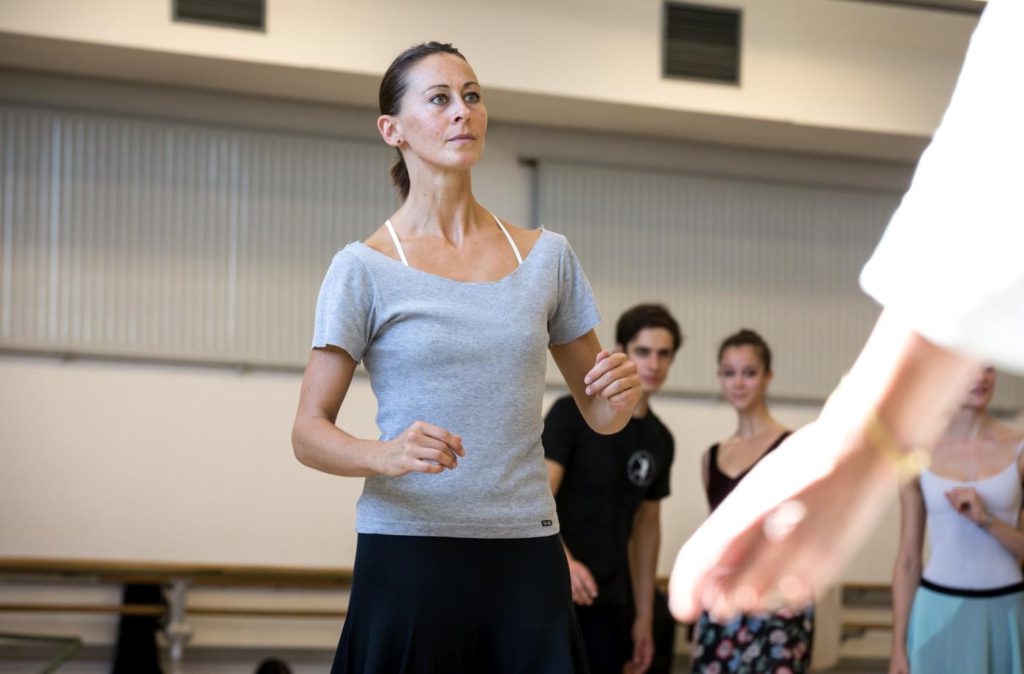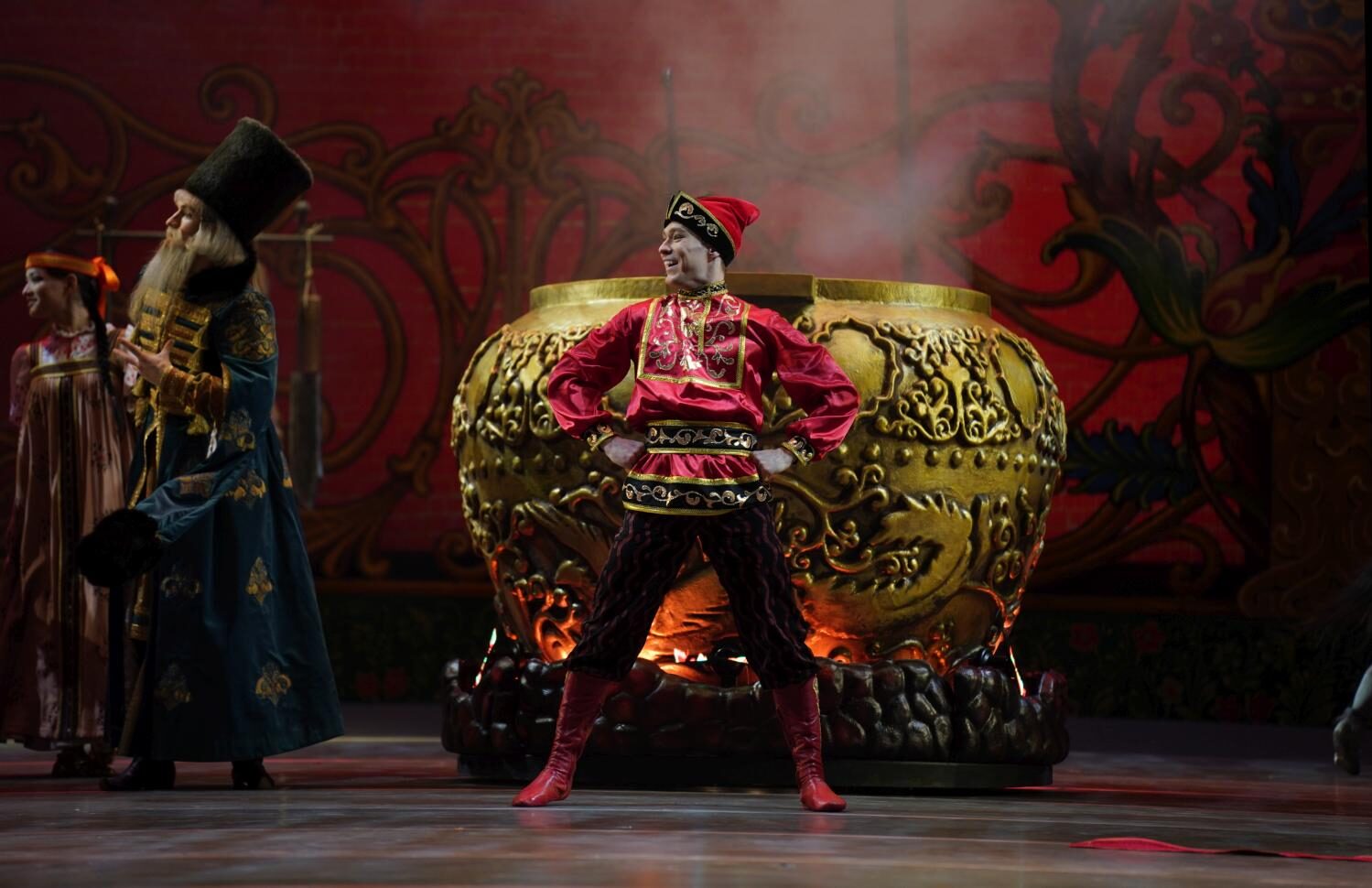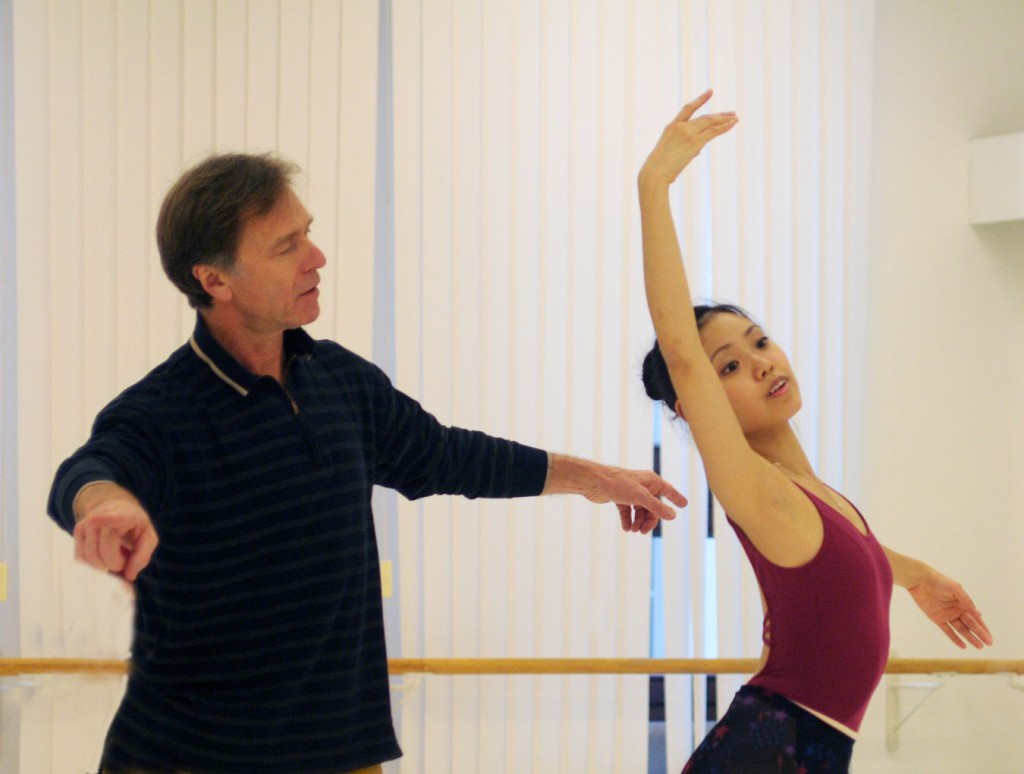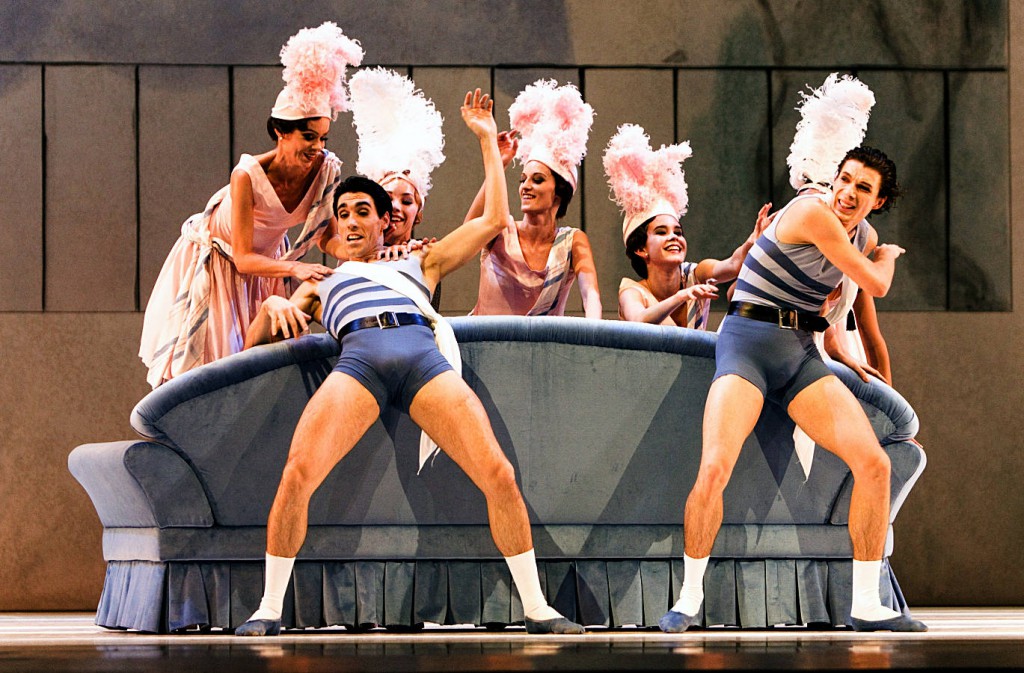“Forever Young”
Bavarian State Ballet
National Theater
Munich, Germany
February 01, 2014
by Ilona Landgraf
Copyright © 2014 by Ilona Landgraf
 “Forever young”, claims the Bavarian State Ballet, are the pieces on this eponymous triple bill, which premiered last season. At least two of them – “The Moor’s Pavane”, choreographed in 1949 by modern dance icon José Limón, and “Choreartium”, choreographed in 1933 by Léonide Massine – are said to be masterpieces exempt from aging. The third, Russell Maliphant’s “Broken Fall”, dating from 2003, has yet to prove its endurance.
“Forever young”, claims the Bavarian State Ballet, are the pieces on this eponymous triple bill, which premiered last season. At least two of them – “The Moor’s Pavane”, choreographed in 1949 by modern dance icon José Limón, and “Choreartium”, choreographed in 1933 by Léonide Massine – are said to be masterpieces exempt from aging. The third, Russell Maliphant’s “Broken Fall”, dating from 2003, has yet to prove its endurance.
The evening started with the contemporary “Broken Fall” and turned back along the timeline to the modernist classics. Created for the Royal Ballet, or more precisely for Sylvie Guillem, the Maliphant work toys with gravity and the risk of falling by challenging the body control of three dancers. It tests the limits of mutual trust. Set to artificial soundscapes by Berry Adamson, the atmosphere was slightly surreal. Two men and one woman – Matej Urban, Nikita Korotkov and Ekaterina Petina -, bare foot and clad in shorts and simple tops, gave little samples of their abilities in passing. They seemed cool professionals engaged in casual training. Their interactions began with slow motion lifts and counterbalances, the interactions becoming more and more risky. Petina’s knee pads seemed to proclaim that, in the sports context, no hazard would be avoided. The three dancers’ faces were, aptly, serious throughout. Although the dancing had the appearance of contact improvisation, it lacked spontaneity and play. Everything was too well-calculated. Lifts and falls were audacious, yet all motion had a smooth quality with the transitions, especially, being softened. Consequently, the interaction of strongly contrasting forces was pretty much watered down. What we got was a physical gymnastics demonstration. Petina, in her final solo which included some classical dance vocabulary, had feline strength, radiated power and was expressive – more so than anything preceding this display.
(more…)
 “I was a little catastrophe”, said Séverine Ferrolier, soloist of the Bavarian State Ballet. “I had so much energy as a child, I was always joking, horsing around and teasing my older brother. Like a little actress. I wasn’t shy.” Her self-description surprised me. The women, I was sitting opposite to in the rehearsal premises of the Bavarian State Ballet in Munich, was mindfully serene, warm-hearted and centered in herself. We met in mid-October to talk about her career and her plans for the future. (more…)
“I was a little catastrophe”, said Séverine Ferrolier, soloist of the Bavarian State Ballet. “I had so much energy as a child, I was always joking, horsing around and teasing my older brother. Like a little actress. I wasn’t shy.” Her self-description surprised me. The women, I was sitting opposite to in the rehearsal premises of the Bavarian State Ballet in Munich, was mindfully serene, warm-hearted and centered in herself. We met in mid-October to talk about her career and her plans for the future. (more…)


